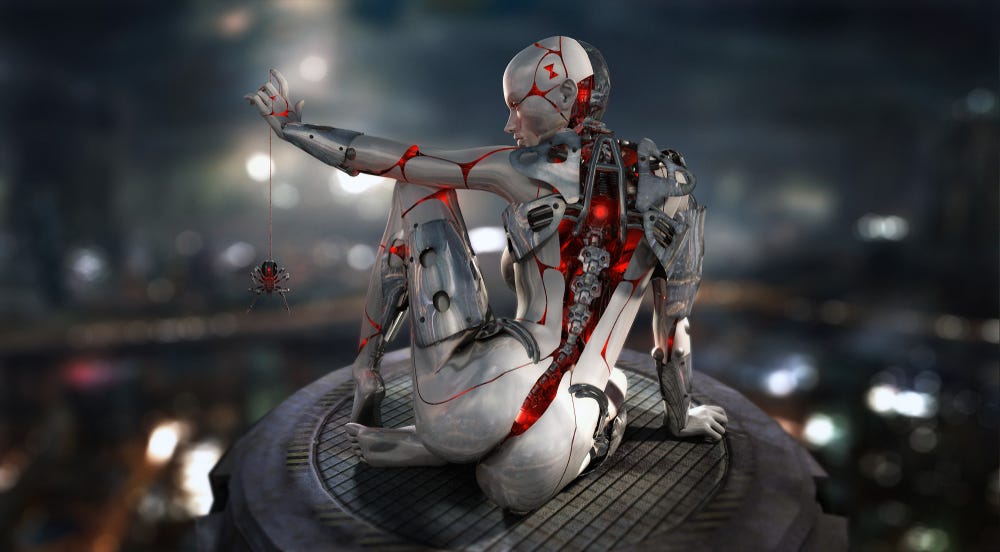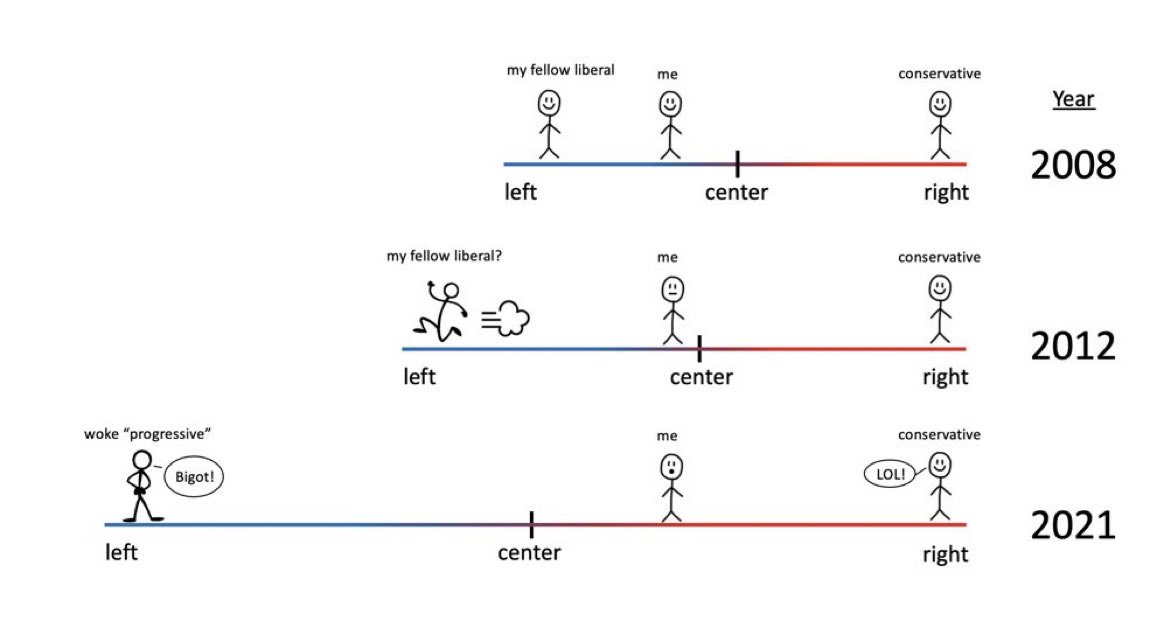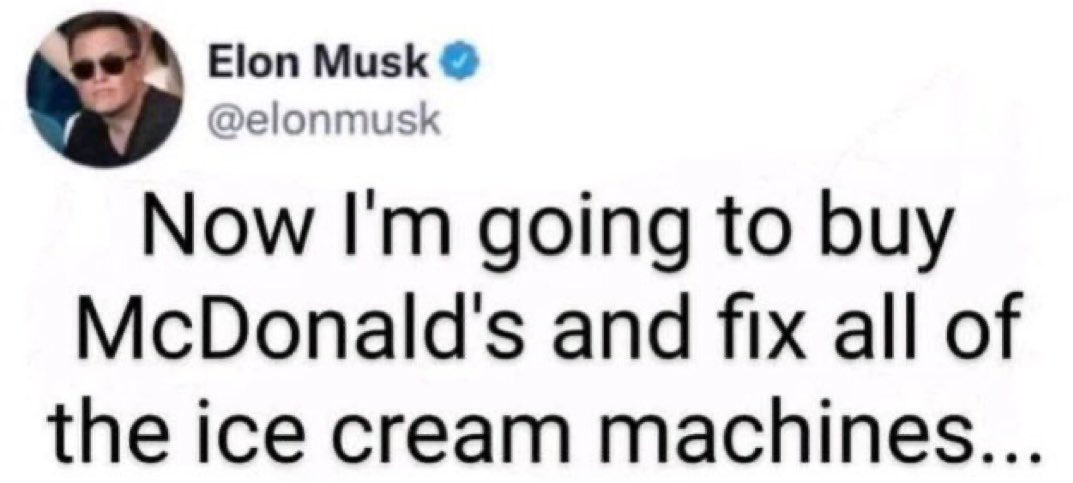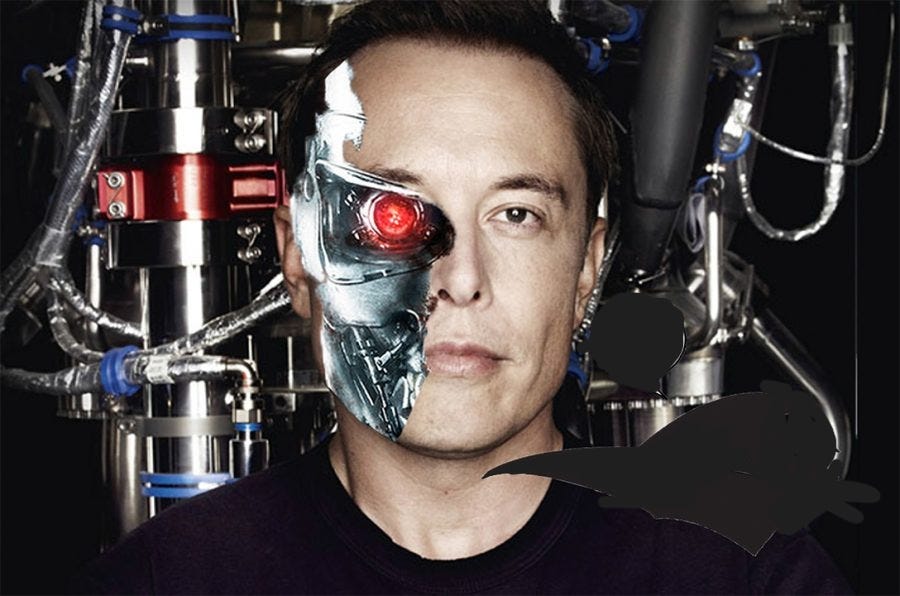I Dream of Musk
"What you call love was invented by guys like me...to sell nylons." -- Don Draper, Mad Men
One-time or recurring donations can now be made at Ko-Fi
You can listen to me reading it here
Remember Don Draper? He could sell you anything—and make you feel orgasmic doing it.
Because: “You feel something. That’s what sells.”
Draper’s success came from a masterful understanding of how easy it was to fool people and a ruthless contempt for them because of it. He could make a woman believe that if she bought those nylons, she’d be so sexy, every man would want her. He could make a man believe that if he bought that car, he’d never have to pop another Viagra pill (although Draper would sell him that, too).
Every smooth talker, from the Dalai Lama to your local drug dealer, promises to make you feel good—at least for that moment when you connect with your highest chakra or slam that drug into your vein. Whatever floats your boat, the hucksters have a way of selling it to you, making you believe that this time, the happiness will last. Only it never does, so you keep going back for a bigger fix, chasing that high.
Being the most successful con artist in the world means creating the most tantalizing lies. The better the lies, the more we buy into them. The more we buy into them, the more addicted we become. And the more addicted we become, the more powerful the liars grow.
Elon Musk is the Don Draper of our time. The biggest huckster with the best lies.
He has his good side, everybody does. He overcame an abusive childhood, so badly bullied as a kid he was hospitalized, and he has Asperger’s syndrome.
During the pandemic he expressed his frustration at the lockdowns, according to Business Insider: "Frankly, I would call it forcible imprisoning of people in their homes against all of their constitutional rights."
He’s homeless, doesn’t seem to have much interest in material possessions and wants to send everyone to Mars. He has a charmingly nerdy way of warning people that AI is in danger of taking over humanity, while at the same time telling us he wants to microchip our brains so that AI can know our thoughts and control what we do.
He also wants you to know that once the robots take over our jobs, we will have to be on a universal basic income. That’s if we survive because by that point there will be way too many useless eaters.
Musk has a way of making us believe that he truly cares about what’s best for us. The most successful liars, like Musk, Bezos, Gates, all know how to do this. It’s what Musk has done with Twitter. He’s sold conservatives on the tantalizing promise that they will get their freedom of speech back. But he didn’t get to be the richest man in the world by caring about other people. He got there by caring about himself.
Just check out some of his recent Tweets:
“Next I’m buying Coca Cola and put the cocaine back in.”
And
Real magic is only a sip away.
Check out the chart below, showing “ME” or Musk at the center of the universe and everybody else hanging around on either side, to his left or his right.
He’s laughing at his twitter audience. He’s not any more serious about Coca Cola than he is about Twitter. If he bought Coca Cola, yes, his goal would be to make the company worked even better so you could get fatter and more diabetic and maybe even have a heart attack while you ate that last ice cream cone.
Just like Don Draper, Musk sells the illusion of happiness.
"You can't tell people what they want. It has to be what you want." — Don Draper
If Musk really buys Twitter, and that still remains to be seen, just imagine how great it will be for his wealth and power. He will have his very own advertising platform.
Musk loves Dogecoin. With the expectation that he will incorporate it into the site, the price of the “joke” cryptocurrency shot up nearly 40 percent.
He seems to be floating the idea of charging for tweets. How else will he pay off his huge debt? Isn’t that how advertising works?
Billboards in Space. SpaceX and a Canadian startup called Geometric Energy Corporation (GEC) plans to turn space into a giant Billboard. To put up an advert on its screen, those who are interested need to buy tokens (dogecoin?) that can be used to design a pixel.
Starlink everywhere. He’s generously donated all that free Starlink internet to Ukraine.
Not really.
On April 8, 2022, The Washington Post observed:
According to documents obtained by The Technology 202, the U.S. federal government is in fact quietly paying millions of dollars for a significant portion of the equipment and for the transportation costs to get it to Ukraine.
That would be your tax dollars.
According to The Verge, Starlink recently unveiled a separate premium service that prices the equipment at $2,500 and the monthly Internet charge at $500, but it remains unclear whether that is what Ukraine has received.
Ukraine got a special deal, no doubt, but as any third world country will tell you, when you allow the United States to “give” you aid, you pay for it later. Let’s watch the premiums go up in a few months—paid in cryptocurrency, mind you. Ukraine is one of the poorest nations in Europe, a perfect place to experiment on the masses with your digital ID microchip. Then, spread it throughout Europe, hooking everyone into a CBDC, allowing them an allotment of Dogecoin tokens—and punishing them if they eat that extra McDonald’s ice cream cone.
But wait, Elon Musk isn’t a friend of the US government, is he? He’d never make deals with Biden. They’re rivals, right?
Not really.
Rivalries are how they want us to waste our time—like Twitter wars between the left and the right.
In reality, both sides are being slowly boiled, just in separate pots.
The left wants Biden’s ‘Ministry of Truth” while the right wants Musk’s free speech.
Ominously, Jen Psaki said she “couldn’t provide details” but that the bureau would “monitor misinformation on topics such as COVID-19 and elections.”
So, on the one side, we have the Ministry of Truth and on the other side we have Elon Musk “authenticating” humans. What does that mean?
For starters, he wants to drill holes into your head.
And then he wants to implant a microchip so he can…do what, exactly?
“The one who controls Data will be the World Leader.” So said Indian Prime Minister Narendra Modi at the WEF’s annual Davos meeting back in 2018.
Elon Musk wants our data—just like the Chinese government wants it, just like the US government wants it, just like the WHO wants it, just like Google and Facebook want it.
A recent Forbes article by Oliver Rennick suggests that a paring between Twitter and Neuralink would be perfect for this.
Twitter is an extraordinarily powerful website because it is a running electronic diary for anyone who chooses to use it. There are different kinds of users, but as of last quarter about 200 million people used it every day. It is as close to humanity's stream of consciousness there is. It makes complete sense that the man behind Neuralink, Musk's company exploring brain-machine interfaces, would want unfiltered access to this digital consciousness.
Rennick then goes on to make the argument that this pairing fits well with Musk’s “interest in an absolutist version of free speech.”
If controlling data means ruling the world, Twitter is a perfect place to get ahead in the race. Here we find every psychotic despot’s dream come true—an endless supply of raw, unfiltered data extracted from an endless supply of willing victims.
Tweektown observed:
Musk is going to do something with all of that data that is housed in Twitter's servers and algorithms, which could be fed into Neuralink... the perfect data set. Everything the world has typed into 140-character tweets since its inception, with an AI learning it all... and then the BCI (brain-computer interface) being inserted, quite literally, into your head.
Founded in 2016, Neuralink is “dedicated to developing a device that, once implanted in the human brain, would allow a computer to translate a person’s thoughts into action—eventually allowing the individual to do anything we do today through typing, pressing buttons, or manipulating a mouse or joystick—by simply thinking about the desired result instead.”
It would also, Musk says, allow information to be beamed from a computer back into the brain. Musk has said that in the future we’ll all need such brain-computer interfaces, or BCIs. The only way to keep up with rapidly advancing artificial intelligence will be to merge with the machines, cyborg-style.
Elon Musk co-founded Neuralink with a guy named Max Hodak.
Hodak describes himself as a “general intelligence” living in San Francisco. Most people have never heard of him. That’s because he isn’t a front man like Musk. You won’t find him out doing Ted Talks or making outrageous claims on Twitter.
Hodak left Neuralink in 2021 under mysterious circumstances and has become involved in at least two different rival companies since his departure. Last year, he secured $47 million in funding for a brain interface venture called Science Corp. Now he’s personally invested in another Neuralink rival, Synchron, according to a blog post he published.
Hodak isn’t the only one who left Neuralink. According to those who worked there:
On the rare occasion Musk did show up at Neuralink’s offices, former employees said, they weren’t exactly thrilled. Musk has built a work environment based on fear and blame — and of course, his infamously relentless deadlines.
While Neuralink fell behind deadlines, the FDA granted Synchron approval to test its neural implant in human paralysis patients. Despite over $360 million, Neuralink still hasn’t convinced the FDA that it’s ready to make the jump from experiments on animals to experiments on humans.
Synchron’s goal is to “snake stents up your jugular vein and into the vasculature that supplies your brain with oxygen, permanently implanting a distributed series of sensors to constantly record your entire brain’s activity.”
The procedure is gruesome to imagine. But it’s considerably less invasive than what Neuralink has planned: laser-drilling holes through volunteers’ skulls and threading them with metal wires.
CEO and founder Thomas Oxley explains,
“…ultimately the goal should be whole-brain data transfer. And the problem with having to remove the skull (like Musk is doing) is that you can’t reach the whole brain. You can only reach whatever part of the brain sits directly under the skull. Unless you’re going to remove the entire skull, which is not a good idea.”
Here is an explanation of whole brain data transfer or “digital immortality:
A hypothetical concept of storing (or transferring) a person's personality in digital substrate, i.e., a computer, robot or cyberspace (mind uploading). The result might look like an avatar behaving, reacting, and thinking like a person on the basis of that person's digital archive. After the death of the individual, this avatar could remain static or continue to learn and self-improve autonomously (possibly becoming seed AI).
A considerable portion of transhumanists and singularitarians place great hope into the belief that they may eventually become immortal by creating one or many non-biological functional copies of their brains, thereby leaving their "biological shell". These copies may then "live eternally" in a version of digital "heaven" or paradise.
Sounds like a dream come true. Ah, the snake oil salesman promising the ultimate prescription for happiness: immortality.
Except remember Don Draper:
"You can't tell people what they want. It has to be what you want."
Control the data and control the world.
Oliver Rennick sums it all up in his Forbes article:
“I am happy to provide my raw data. The link between Man and Machine is inevitable. Radical free speech, while often discomforting, is the truest way to see who we are, and a natural starting point from which to improve. Godspeed, Elon.”
Get out of my head Elon and keep your dreams to yourself. That’s the only Godspeed I’m talking about.
Thank you for reading. Please share and as always, I’d love to hear your thoughts.
One-time or recurring donations can now be made at Ko-Fi











parsing through all the data of twitter will be a huge undertaking, and forces a prerequisite quest of sorts for the AI = understanding sarcasm. sarcasm has a spectrum, especially on twitter, where the limits are text and context-specific memes and graphics. i don't think that's gonna be a quick problem to solve for them, should they be going down that ambitious road of data mining the global psyche.
i feel the need to voice some optimism here, and it's this = the human race, for all it's accomplishments, is still quite inept, and incompetency runs rampant. this glorious incompetence can and probably will prevent this dystopic endgame from becoming a reality within this century.
Your visuals here are spot on and really pushes your point. As always, your ability to put pieces together to form a coherent story is superb. On the days when all of the madness threatens to take me down the well of despair, I remind myself that Mother Earth is a living, conscious entity. Long before the dreams of these madmen become reality, she'll blow a few volcanos, launch a few tectonic shifts, and then sit back while we either come together as one for the greater good, or go out in a blaze of selfishness and greed. Thank you for being a voice of reason in the midst of a sea of mediocrity!